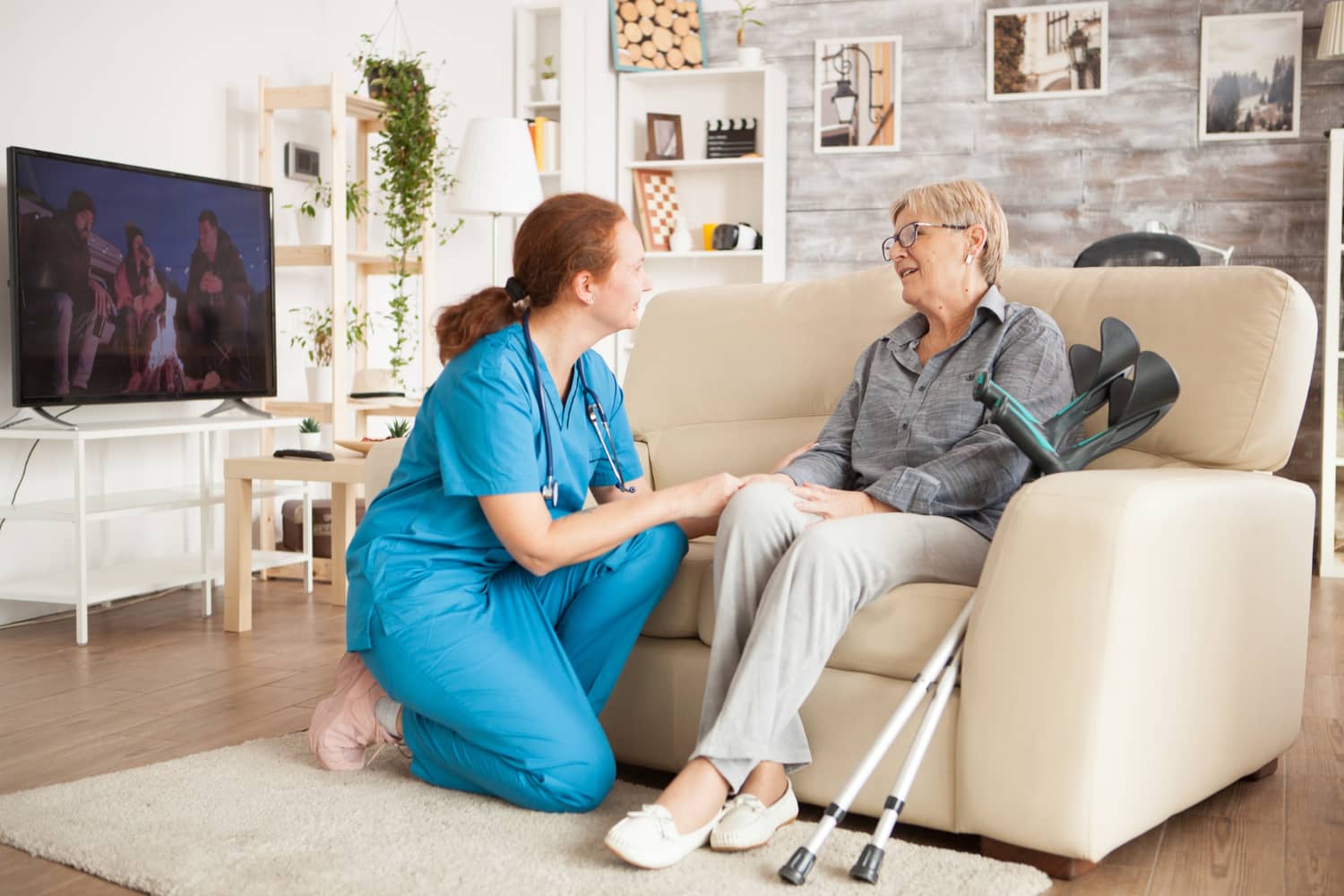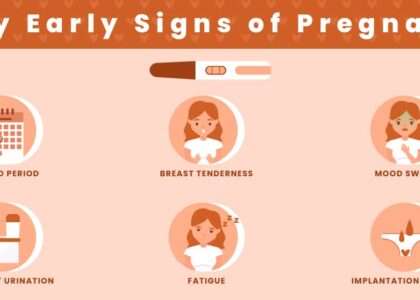Caregiver Primary Definition: The Essential Role
A primary caregiver is the main person responsible for the basic needs, well-being, and overall care of another individual who cannot fully care for themselves. This typically applies to someone who is ill, disabled, elderly, or a child.
This role goes beyond occasional assistance; it signifies the individual who assumes the principal responsibility for the coordination of care. While an individual may have a support system (secondary caregivers), the primary caregiver is the point person for medical decisions, daily tasks, and emotional support.
The relationship is often one of a spouse, adult child, other relative, or close friend, and it is usually unpaid, although sometimes it can be a paid professional role.
Responsibility of Primary Caregivers
The duties of a primary caregiver are extensive and varied, often changing as the care recipient’s needs evolve. They generally fall into the following core categories:
| Category | Typical Responsibilities |
| Personal Care | Administering medication, scheduling and transporting to appointments, communicating with doctors, and managing prescriptions. |
| Medical Management | Grocery shopping, meal preparation, cleaning, managing finances, and bill payment. |
| Household & Financial | Grocery shopping, meal preparation, cleaning, managing finances, bill payment. |
| Emotional Support | Companionship, emotional validation, stress reduction, advocacy for the patient’s wishes and rights. |
Insight: The caregiver often acts as a critical translator and advocate in the healthcare system, ensuring the patient’s voice is heard and that complex medical instructions are correctly understood and followed.
Who Qualifies as a Primary Caregiver?
Unlike professional roles that require specific certifications, the designation of a primary caregiver is more about function than formal qualification. Essentially, anyone who assumes the main responsibility for consistent care qualifies.
Common examples include:
- Spouses/Partners: Often care for their partner in old age or during chronic illness.
- Adult Children: Frequently step in to care for aging parents.
- Relatives: Aunts, uncles, or siblings providing consistent care.
- Close Friends: Individuals with no familial tie but a deep, consistent commitment to the person’s welfare.
In legal or medical contexts (e.g., insurance forms, hospital admissions), the primary caregiver is often officially designated as the ‘emergency contact’ or the ‘responsible party‘ for decision-making.
Challenges Facing Primary Caregivers
While rewarding, the primary caregiver role is emotionally, physically, and financially demanding. The constant pressure often leads to a phenomenon known as “caregiver burnout.”
Key challenges include:
- Physical Strain: Managing mobility issues, lifting, and the simple exhaustion from lack of sleep.
- Emotional Toll: Dealing with grief, stress, anxiety, guilt, and the social isolation that comes from dedicating time to another.
- Financial Stress: The cost of supplies, lost wages due to reduced work hours, and the lack of funding or adequate support services.
- Lack of Personal Time: Difficulty maintaining hobbies, social life, and personal relationships, leading to resentment and burnout.
Actionable Tip: Taking regular breaks, even short ones, is vital. Look into respite care services in your area, which provide temporary relief for primary caregivers.
Benefits of Primary Caregivers
Despite the hardships, the role of the primary caregiver offers profound and measurable benefits to the recipient and, often, to the caregiver themselves.
- Improved Patient Outcomes: Consistent, personalized, and familiar care at home often leads to better recovery rates and a higher quality of life than institutionalized care.
- Emotional Well-being: The care recipient feels secure, loved, and respected, reducing feelings of isolation and depression.
- Cost Savings: Providing care at home is significantly more cost-effective than long-term stays in skilled nursing facilities or hospitals.
- Personal Fulfillment: Many caregivers report a deeper sense of purpose, stronger family bonds, and personal growth derived from providing compassionate care.
4 Types of Caregivers
The term “caregiver” is broad, but roles can be categorized based on the relationship and payment status:
- Informal (Family) Caregivers: The most common type. They are unpaid family members or friends who provide care out of love and obligation. This group represents the vast majority of primary caregivers.
- Private-Duty Caregivers: These are hired professionals who are paid directly by the individual or family. They may work part-time, full-time, or live-in, often providing highly specialized or flexible care.
- Home Health Aides (Agency Caregivers): Professionals employed by a home health agency. Their services are often covered by insurance and are typically supervised by a nurse or other medical professional.
- Respite Care Providers: Individuals or services that provide temporary relief (respite) to the primary caregiver. This may be for a few hours, a weekend, or a longer period to allow the primary caregiver to rest.
Further Reading
If you are a primary caregiver struggling with the mental and physical demands of the role, it is essential to seek support and resources. Remember that caring for yourself is an integral part of caring for others.
Disclaimer
We are an educational platform, not professional counselors, therapists, or medical experts. The content on this blog is for informational purposes only and should not be taken as professional parenting, medical, psychological, or legal advice. Every family and child is unique, and what works for one may not work for another. Always seek guidance from qualified professionals before making decisions about your family’s health, education, or well-being. I share my personal experiences here purely for entertainment purposes, so please do not take them too seriously or apply them to yourself without proper consideration.





